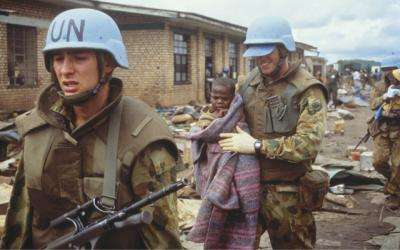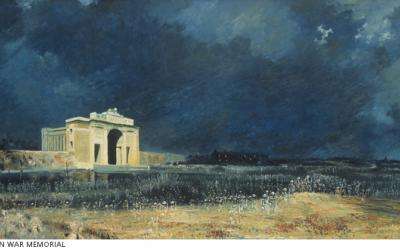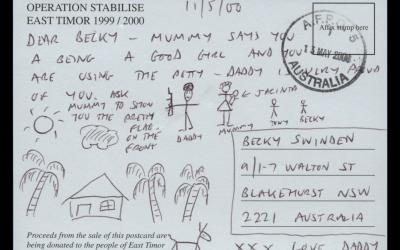Memorial Articles
The Memorial boasts a staff of subject specialists in all aspects of military history and museum practice.
Our articles and our Encyclopedia allow subject specialists to share their knowledge on Australian military history.
They also provide a way for us to take a closer look at the people and the stories behind the history and our museum collection.

Museum at home
The Australian War Memorial is temporarily closed to the public due to the coronavirus pandemic, but it is still telling the stories of our nation’s servicemen and servicewomen, and the Australian experience of war.

Making Hard Tack
Have you ever thought how the Australians at Gallipoli were supplied with food: many thousands of men, at short notice, with no refrigeration?
'My nerves conjured up soldiers everywhere'
When John Mott was captured at Bullecourt in April 1917, he was determined to escape.

Remembering the Kibeho Massacre
On 22 April 1995, Private Wayne Jones of the 2nd Battalion, Royal Australian Regiment (2RAR), was one of a small group of Australians in south-west Rwanda who were witnesses to a massacre.

Menin Gate at midnight
Captain Will Longstaff and his inspiration for the painting Menin Gate at midnight.

Aussies humbled by Western Front tour
In May 2018, a century after the end of the war that was supposed to end all future conflicts, Australia's cricketers embarked on a quiet pilgrimage to honour a past generation of young men who fought and fell on the now silent battlefields of Belgium and France.
A lasting legacy
Private George Giles had just fought in the battle of Morlancourt in July 1918 when a tall, thin man in glasses approached and asked if he could have his uniform and kit. The mud-encrusted uniform is now on display at the Memorial and features in a new highlights audio tour.
'The man who stopped the war'
When Sergeant Edward McMahon played The Rosary on Gallipoli in August 1915, everyone stopped to listen.

Keeping in Contact
“I can’t believe you are away again.” Kathy Swinden wrote these words to her husband, Lieutenant Commander Greg Swinden, in October 2001. It was the third time in eighteen months that Greg had been deployed and separated from his family.